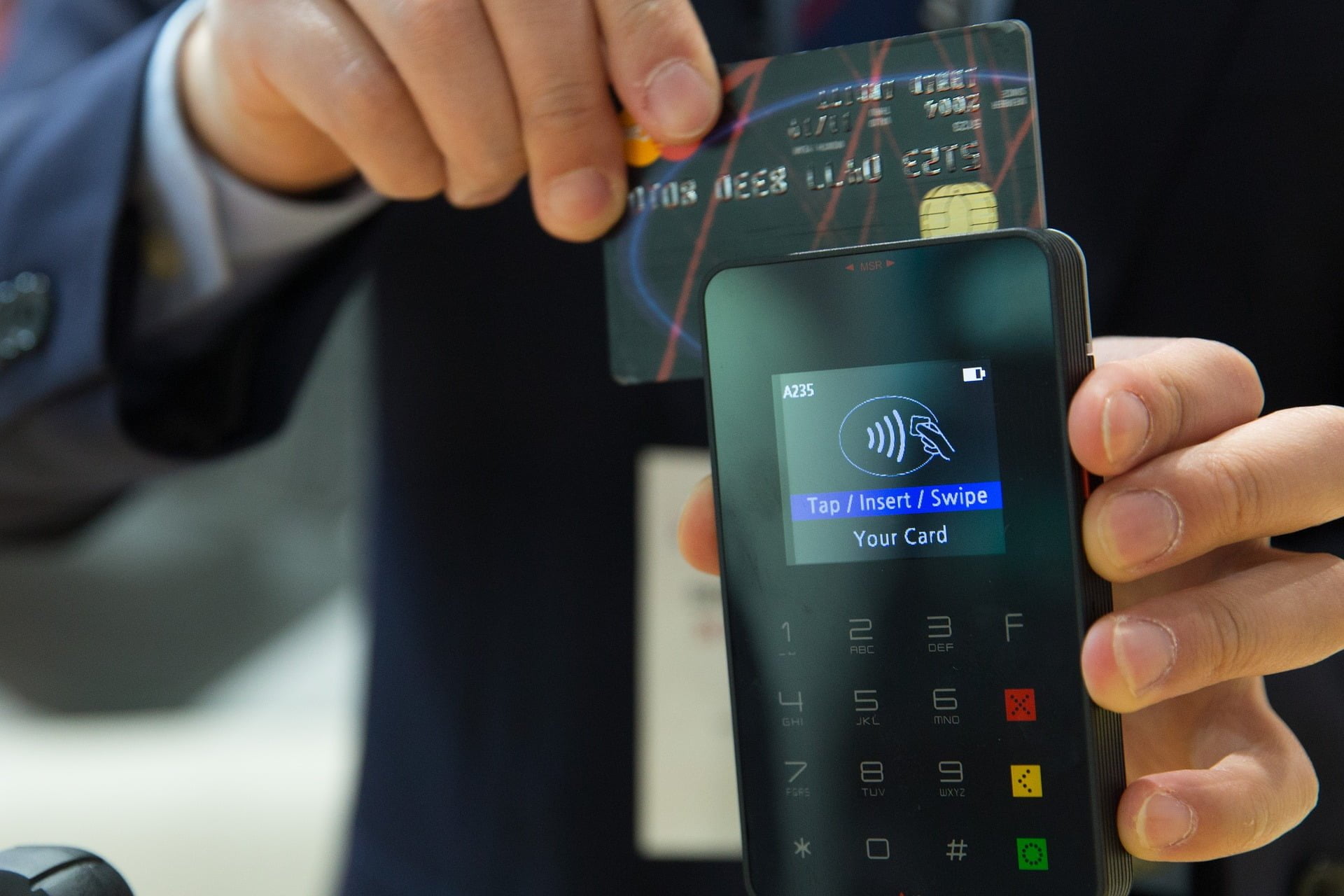Types of Payment Cards You Should Know About
by Mashum Mollah Finance Published on: 18 October 2018 Last Updated on: 17 September 2024

Each of us likes and prefers payment cards, which provide us with convenience, speed, security, and so much more. These are just some reasons why we often choose these payment methods.
Banks and merchants also prefer them, and you can see that customers using payment cards are more likely to spend money.
This is because they do not see it physically, and it is easier for them to pay for it. Despite different opinions on this subject, bank cards are, apart from cash, the most popular method of non-cash payments.
Let us dive right in and understand what payment cards are and explore the different types of payment cards that are out there.
What is a Payment Card?
A payment card (bank card) is an object of payment issued by financial institutions, most often banks. As the name suggests, the card is used to pay for purchased goods and services and for cash optimization from ATMs.
Payment with such a card is a convenient way of making a cash payment – we do not have to withdraw some money every time we plan to buy something.
During the transaction, it is enough to insert the card into the payment terminal, enter the PIN code, and confirm.
The bank will handle the rest of the formalities, regulating the customer’s payment for the goods or services received.
Understanding The Dimensions
Physically, a payment card is a rectangular piece of plastic 54 mm by 86 mm in size. The card comes equipped with a magnetic stripe or chip on which data about the cardholder.
The strip contains details like bank name, card identifier, expiry date, and CVV or CVC code. All of this is necessary to make online payments are stored.
It is placed only on the card and in the bank system in which we have the card. Each code is a unique number. It is not printed anywhere and is not included in any other databases.
Sellers cannot store our code from the card. It is checked only during the transaction; it must not be kept or stored in the memory of devices.
As a result, even if the database is stolen, criminals only have access to the card number. This principle is valid worldwide, and its violation is associated with very high penalties and a total ban.
Magnetic Card V/S Chip Card
What is the difference between a magnetic card and a chip card? Magnetic cards store information on the magnetic stripe, which makes them more likely to be accessible to counterfeit.
Their low level of protection against fraud made introducing a different type of protection necessary because their current level of security was insufficient.
The solution turned out to be chip cards, which were equipped with a microprocessor that controls data access processes instead of a magnetic stripe. The stored information is additionally encrypted, making it more difficult for third parties to read.
Using chip cards also requires cardholders to enter a PIN code, increasing security. For some time now, banks have been supplying their customers with chip cards, thus pushing magnetic cards out of the market.
During the changes and the introduction of chip cards, many had magnetic stripes to ensure compatibility with older magnetic cards.
Types Of Payment Cards
Types of payment cards: There are many methods of classifying payment cards.
They are often divided according to how they are settled with the bank. The three basic types of payment cards are as follows:
Credit Cards
A payment card based on the credit limit granted by the bank. From time to time, the credit card holder receives a list of card transactions and information on the method and date of settlement.
A credit limit is usually associated with an additional interest rate. Still, the customer may avoid paying interest on non-cash transactions if he repays 100% of his obligations to the bank within a specified period.
The bank often uses this feature in credit card promotional materials because customers like to be tempted by the vision of free credit.
Receiving a credit card only sometimes involves opening a bank account.
If you ask yourself which credit card is best for you, don’t be fooled by marketing materials from the biggest banks’ marketing departments.
Always compare and analyze different offers to choose the credit card for you.
Debit Cards
cards issued to a bank account. When making a transaction with a debit card, the bank collects receivables from the cardholder’s account.
The customer must have an appropriate balance on his account for the operation.
Debit card can be understood as a debt on a bank account. While a debit card does not allow for a negative balance on the account.
Prepaid Cards
These financial cards require a top-up, e.g., a bank transfer to the so-called technical account of the bank issuing the card. Powered cards can then be used for transactions up to the amount of the balance on the card.
After using the prepaid card funds, you can reload the card. These cards do not require closer ties with the bank – you do not have to sign a contract or open an account.
Prepaid cards can be issued as bearer cards, meaning they are not linked to a specific person and can be used as gifts or travel cards.
The advantage of a prepaid card is also high security, as a thief can steal only what is on the technical card.
Virtual Cards
Virtual cards are similar to prepaid cards. The difference is that the virtual card is not issued in physical form.
It is a number you can use in a non-cash card, not present transactions.
With a virtual card, you won’t be able to withdraw money from an ATM.
Classic Cards
These cards are standard payment cards with essential functionalities, and free insurance for such cards is currently quite rare.
Silver Cards
These Cards are for people with a higher income level; such cards usually have a broader scope of insurance protection and the possibility of exemption from fees.
Gold Cards
These cards are for high-income customers, offering insurance protection for the holder and his relatives, discounts at bank partners, and exemptions from fees, and they are widely accepted.
Platinum Cards
These Cards are for affluent customers, providing high insurance coverage, upper credit limit, and additional services.
The World Of Exclusive Cards
VIP cards offering the broadest range of services are often made of specific materials, e.g., gold or titanium.
Visa is the world’s largest and most popular card organization. MasterCard – is Visa’s biggest competitor, but it is more innovative and modern.
American Express and Diners Club are less successful card organizations but are well-known and appreciated.
These institutions’ cards are considered quite prestigious and are used to make payments.
Understanding Proximity Cards
Contactless cards are payment cards enabling contactless payments.
Physically, they are chip cards or cards with both a chip and a magnetic stripe. But they have an additional built-in antenna allowing transactions by bringing the card closer to the payment terminal.
In addition to proximity cards, other carriers enable contactless payments. These include contactless stickers, which can be attached to a mobile phone or mp3 player. The popularity of proximity cards has triggered a broad discussion about their security.
Making small payments without the need to approve PIN transactions makes it easy to lose cash from your account or even to create a debit balance if your contactless card is stolen.
MasterCard Display
A particular variant of proximity cards is the MasterCard Display card with a built-in miniature display.
It has two PINs – one for non-cash payments and the other for the show on the card. A small screen is used to display the balance of our account and messages from the bank. The card can also be used as a token to confirm transactions in online banking.
The MasterCard Display, like most currently issued payment cards, has a contactless function, but it turns out that the payment method affects the timeliness of data appearing on display.
The data on our account balance will be updated only when we pay with the card in the traditional (contact method). The terminal connects to the bank to confirm whether we have funds in the account.
After such a transaction, by checking the account balance on the card display, we will obtain the natural balance of our account. In the case of contactless payments, the card will display the account balance before making the payment.
The second innovative card on our market is the MasterCard Debit card with a variable code CVC2. On the back of the plastic, there is a small display on which, every hour, a different set of digits appears, i.e., CVC2 code.
This code is used to secure online transactions and is required when, for example, we pay with a debit card for goods or services online.
Security
Security of payment cards. Chip cards currently offered to customers are characterized by a much higher level of protection compared to cards with a magnetic stripe, which is gradually becoming obsolete because their security level is low.
The primary security mechanism of a payment card is the PIN code. For security reasons, it is never on the card and should be remembered by the customer.
At the moment of transaction, after the cardholder enters the PIN code, data from the payment card and the PIN code are encrypted using an algorithm and then sent to the bank’s system.
The system verifies the cardholder by comparing the submitted data with the information stored in the banking system’s database. After correct verification, the system enables the holder to access the bank account.
The next step in the payment process is authorization, i.e., checking whether the cardholder can perform a given operation. After a positive approval, the transaction is approved and ready for execution.
The Final Thought
In summation, these are the different types of payment cards that are available on the market.
Therefore, if you are looking for the right payment card, these are the pointers that you need to remember.
Keep following our page for more such content on business and other aspects.
Thank you, and have a great day ahead.
Additional Reading:



































































































